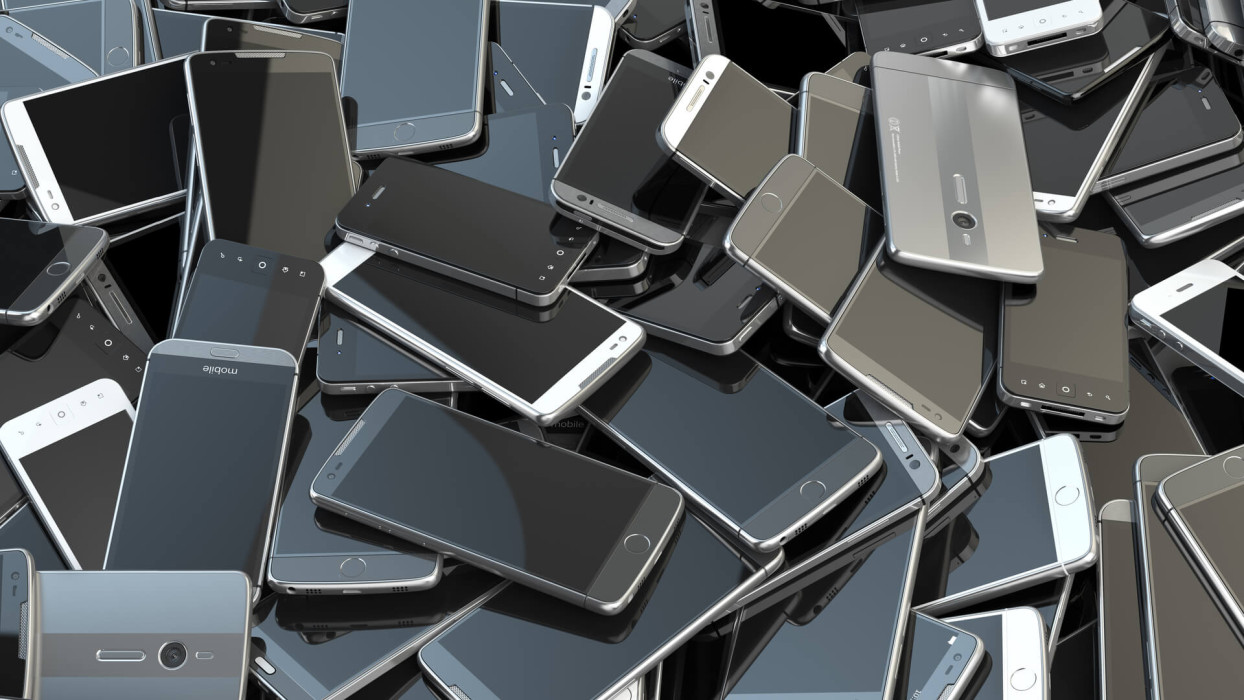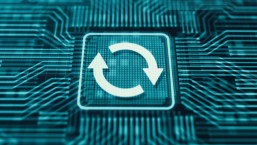Black Friday, Cyber Monday and even Christmas are behind us. Which means some of us may have been fortunate enough to unwrap a shiny new laptop, smartphone or tablet. But what about our old devices?
Some of us keep our old devices as back-ups in case something goes amiss. On the other hand, the majority likes either to share the holiday cheer and gift their old devices or sell them. Whatever the case may be, there are some things you should do before you can pass the device along safely.
Mind you, if you’re more of a video person, we’ve got you covered, too. Otherwise just scroll down to read the main part of this article.
General advice
The one rule you should always adhere to is back up your data frequently. Usually, if it involves your smartphone, you can back up your data to the cloud or your computer. If it involves your computer, you can use a combination of cloud and external drive. Whichever suits you better, but just make sure you do it so you will not lose any sensitive data you may need in the future.
Computers
Most computer users think that formatting their hard drive means that they have wiped their data from the drive, which simply put, is untrue. The data is still recoverable from your drive even after you format it. Wiping the drive on your computer differs from operating system to operating system.
If you have a Mac, the process is quite simple and straightforward. You can use the built-in Disk Utility feature to wipe your drive; it even allows you to determine how thoroughly you want to wipe it.
If you are running Windows, there is no built-in disk wiper, but there are a variety of options you can use. You can browse the web for the best reviewed tool to fit your needs, but the free versions of some may only work with mechanical hard drives.
For solid-state drives (SSDs), then we suggest referring to the manufacturers' websites for their drive utilities. If you want to go above and beyond, then there is the nuclear option of physically destroying your drive. If you’re comfortable and are well versed in how drives work, you can destroy the necessary components yourself.
The other option is visiting a specialist service that has machines, such as shredders or crushers to dispose of your disk. Fair warning though, not all computers have easily removable drives. Macs, for example, have SSDs soldered to their motherboards.
Smartphones
Smartphones have their own utilities that are implemented in the system to make the process as streamlined as possible. If you’re getting rid of your old iPhone, first sign out of all your services such as iTunes, iCloud, App Store, etc. Then go through your Settings, enter the Reset menu, and tap on Erase All Content and Settings.
If you’re planning on passing along your Android device, the process may vary a bit from manufacturer to manufacturer, but the procedure should be roughly the same. Start by removing the security measures like the Lock screen, then move on to removing the accounts you are signed in with. To go the extra mile, encrypt the data on your phone and after that’s done run the Factory Data Reset on your phone. If you’re using an SD card, don’t forget to pop it out.
Recycle
Be environmentally responsible. If you plan to dispose of the device, don’t just throw it away. Look for places that recycle used electronic devices. They contain valuable resources that can be used in manufacturing future devices. If you’re not sure how to go about it, you can check with the manufacturer’s website or your government should have reasonable advice.
If you are not planning on handing a still functional device on to a relative or friend, consider donating it. One person’s trash is another’s treasure and after all, it is the season to be jolly, so why not share the cheer with someone less fortunate?





